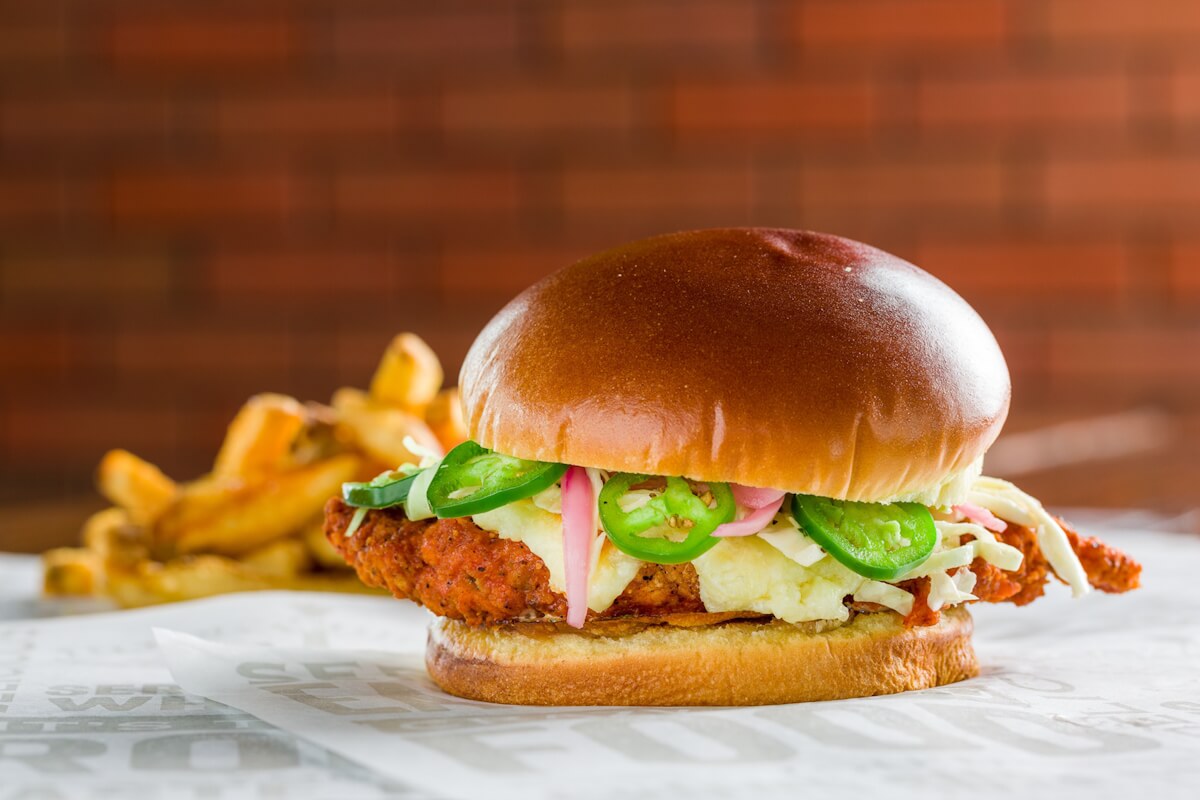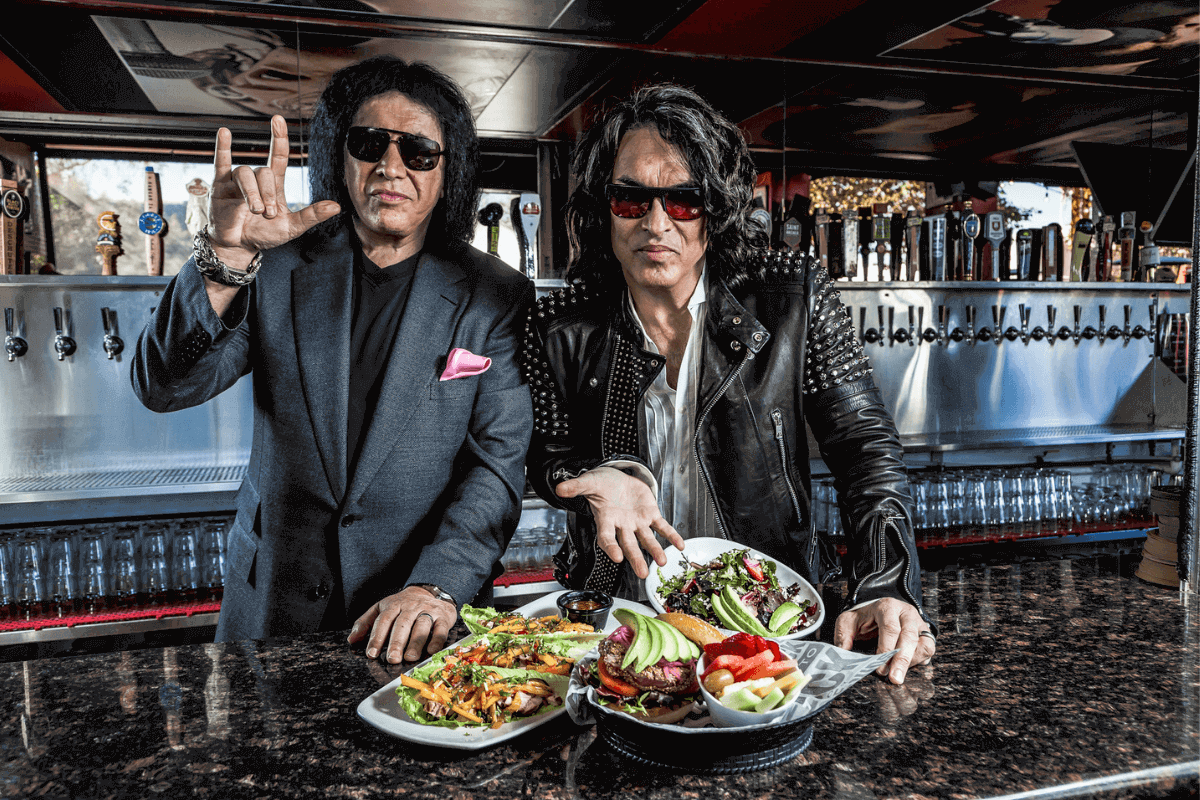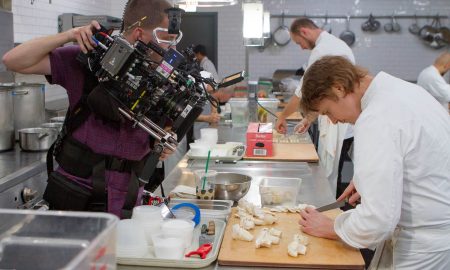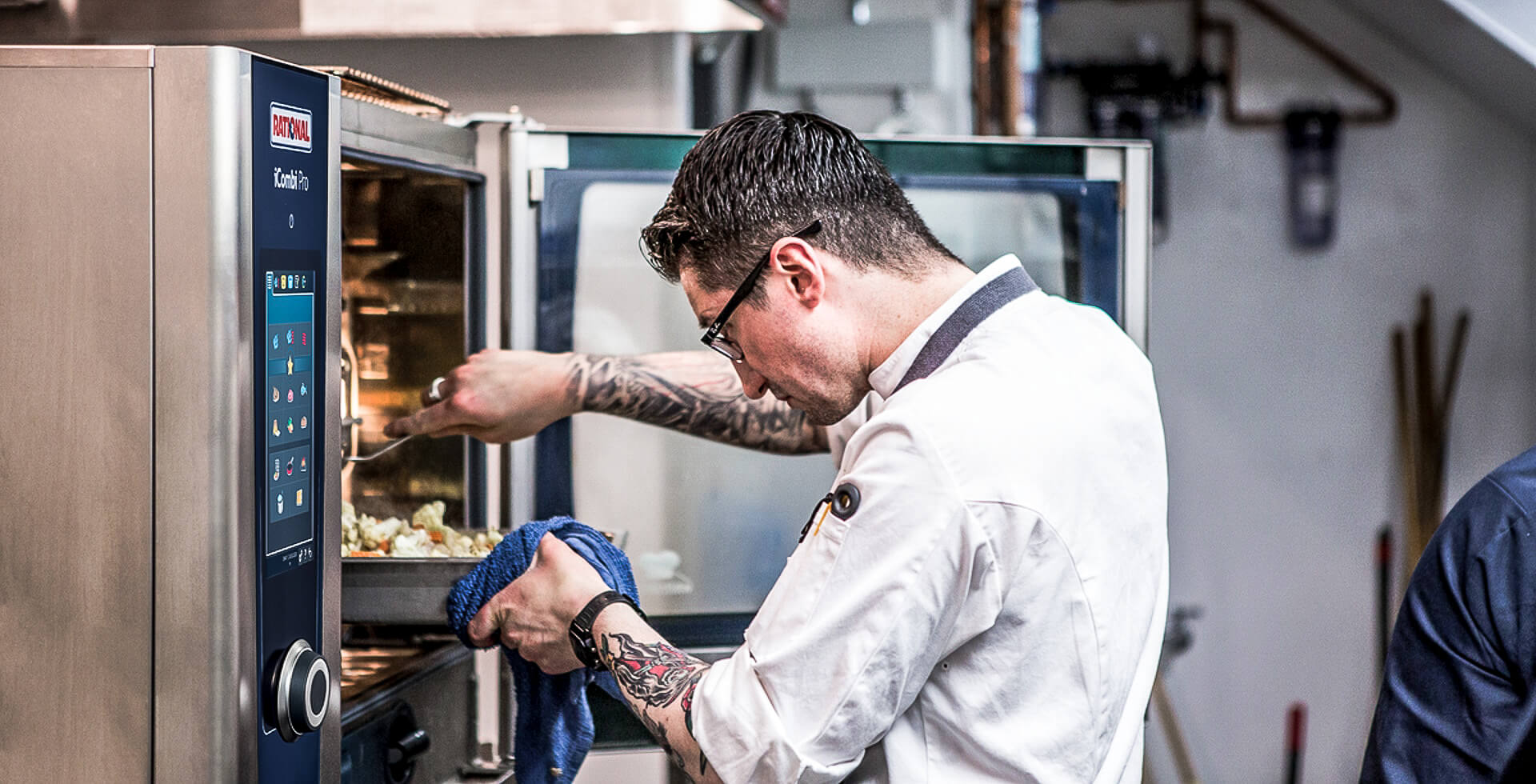If we see certain logos or images, such as the golden arches in the shape of an M or the smiling face of Colonel Sanders , we immediately know which culinary desires can be quickly satisfied. This is because they grace franchise restaurants, whose success can be attributed to globally standardized offers. “Successful franchise systems are characterized by tried-and-tested concepts whose experience values can be standardized as part of know-how documentation and transferred to other locations without loss of quality,” says Jan Schmelzle, Managing Director of the German Franchise Association.

Image: Greg Cahill
Franchising: origin & definition
But let’s take it one step at a time. The well-known Webster’s Dictionary defines ” franchise” as “the right or license granted to an individual or group to market a company’s goods or services in a particular area.” The term originated in France. It was used as early as the 12th century as “chartes de franchises” to describe the right of secular and ecclesiastical rulers to grant their subjects the right to use farmland in return for a fee. In modern business life, Coca-Cola is regarded as the franchise pioneer who signed its first long-term partner agreement in 1892.
In the gastronomy sector, franchise chains have been regarded as a successful model since the opening of the first McDonald’s franchise in 1953, says Jan Schmelzle, who represents the interests of around 450 member companies. Comparable figures from various European countries show a connection with the basic characteristics of the people involved, says the law graduate. “Franchisees have a stronger entrepreneurial gene, and are more ambitious than salaried managing directors.”

Image: Frank Nuernberger
Advantages and disadvantages of franchising
Whether a restaurateur prefers to rely on their own concepts or on the proven system of a franchise chain is a fundamental decision, says Jan Schmelzle. “As a franchisee, I benefit from functioning structures and existing know-how – and still operate as an independent entrepreneur on my own account and with my own organizational and personnel autonomy.”
In return, franchisees relinquish a great degree of freedom. Key decisions are made at corporate headquarters and simply have to be implemented. Unlike independent restaurateurs franchise restaurants have no influence on the recipes and the way their food is prepared. The service guidelines are so detailed that even the type of napkins used is specified. “As a franchisee, I have to be aware that I can’t be creative myself,” says Jan Schmelzle.
However, those who strive for creative self-fulfillment will not be happy with any franchise concept. Having a set menu, where everything is regulated down to the smallest detail, does not necessarily have to be a disadvantage, as Dirk Friedlein from Rational knows. As Segment Director Restaurants, he is very familiar with the industry and says: “Franchise concepts are characterized by the fact that no matter which branch you are in, you will find the same dishes in the same quality. This can only be achieved with optimal and uniform processes. By using the same professional kitchen equipment, identical raw products, and predefined cooking paths, it can be ensured that quality and productivity remain at the desired level in every franchise branch.”
He further explains, “This is particularly important in times of labor shortages, where more and more unskilled workers and career changers are working in the kitchen, providing the crucial constant that leads to a uniform (positive) customer experience and creates recognition value. In short, yes, many rules and regulations. But also an overall advantage for both parties. Franchisees benefit from a solid and functional concept. Franchisors protect their brand and ensure the continuity of all branches as well as the success of the entire concept.”
500,000 euro entry-level investment for franchisees
Anyone wishing to open a franchise chain branch can normally contact the head office of the preferred franchise chain directly on the Internet. Usually, there is an overview of all systems available in the region on the website of national franchise associations.
Previous professional experience is usually not necessary. After all, all framework conditions are clearly and concisely defined, even for career changers. However, some financial conditions must be met to ensure that the franchiser contractually grants the right to use the business concept, name, design and idea in general for a set period of time. “The costs for this depend on the franchiser and can vary significantly. For example, McDonald’s is currently asking for 500,000 euros as an entry-level investment.”
In addition, there are monthly fees, which normally account for ten percent of net sales. In return, the parent company is used to finance joint activities, for example in marketing or recruitment. “It is important to find out about these ongoing costs in advance. However, what we know from experience is that a ratio of 20 percent equity and 80 percent debt capital is reasonable at the beginning. Banks are happy to help with franchise concepts because the business model is tried and tested.”

Image: Greg Cahill
Fast food yes, stars no
The fact that gastronomic franchise systems are primarily established in the fast food sector is due to the nature of the matter: All processes and recipes must be standardized and structured in such a way that food and beverages in Miami can be presented with the same quality, quantity and taste as in Madrid, Tokyo or Manila.
Fine dining, on the other hand, is all about exclusivity. A “Noma” on every street corner would ruin its aura of uniqueness. “A franchise chain is about standardization in the kitchen. In award-winning and Michelin-starred gastronomy, however, what counts most for guests are individual experiences and the incomparable performance of individual chefs.”
Franchise chains are on the rise
Exact figures in the steadily growing franchise segment are not available – at least from the big players. McDonald’s is considered number one with around 41,000 branches worldwide, followed by Subway with 37,000 locations. The coffee segment among franchisees is dominated by Starbucks with 34,000 branches. If you add Kentucky Fried Chicken, Burger King, Domino’s, Pizza Hut and Dunkin’ (formerly Dunkin’ Donuts), there are five other providers with more than 10,000 outlets worldwide.
McDonald’s is currently in its “fastest growth period”, as Chief Customer Officer Manu Steijaert announced at McDonald’s Investor Days in December 2023. While the company, whose history began in 1940 with a fast-food restaurant in San Bernardino, California, took 33 years to open its first 10,000 outlets, it recently took just 18 years to expand its reach from 30,000 to 40,000 locations. Now, it should only take three years until the company celebrates the grand opening of the 50,000th McDonald’s in 2027.
To implement the “ambitious plan” on time, the fast food giant is investing 300 to 500 million dollars a year in the expansion. System-wide sales are expected to increase from 20 to 45 billion dollars in 2027. This is due in no small part to a new business line: The leading fast food group is testing a new concept with CosMc’s, which focuses on (non-alcoholic) beverages and aims to compete directly with competitor Starbucks.
Is my idea suitable for franchising?
Although not quite as ginormous, two other make-up-wearing heroes run their franchise with similar enthusiasm to McDonald’s mascot Ronald McDonald. Gene Simmons and Paul Stanley took advantage of the popularity they enjoy thanks to their now legendary hard rock band Kiss and founded their Rock & Brews chain in California in 2012. There are now 22 outlets across the US – and the number is growing – with an entertaining concept: classic comfort food, craft beer and regular live music.

Image: Shutter Styles Photography
The fact that the market is still far from saturated, particularly in the burger segment, seems surprising given the wealth of providers. But it is precisely the large offer that continues to offer great opportunities for franchisees, says Jan Schmelzle. “That said, you still have to find a new niche. Every concept needs an individual touch and clearly distinguish itself from the competition. This unique selling point – in terms of recognition value – must be very clearly defined.”
And that’s also one of the answers to the question of what you need to look out for as a restaurateur when you’re thinking about transforming your own business into a franchise chain. But first, a fundamental question needs to be clarified: “Am I even franchise-capable? Can my work be systematized into a know-how manual in such a way that all processes can be precisely repeated? Is it possible to transfer my concept directly to other cities, perhaps even other countries?”
Franchise chains: More enduring than a marriage
Only when all these questions can be answered with a clear “yes” should further steps be considered – preferably in cooperation with a national franchise association, says Jan Schmelzle. Despite your enthusiasm for your original idea, you should not ignore the financial burden of converting to a franchise chain. “As an entrepreneur, you have to find franchisees. Then you have to look after them on an ongoing basis . And all this is definitely a complicated administrative and therefore financial process.”
We know from experience, says Jan Schmelzle, that the break-even point for a new system headquarters is only reached after two to three years. Any one who decides to become a franchisee must do so with complete conviction and consistency. “They bear long-term responsibility for their partners.” It is no coincidence that commitment and loyalty are important factors for successful collaboration. “Franchise partnerships last 16 years on average – that’s longer than your average marriage.”

Image: Greg Cahill
Synergies and resilience
Jan Schmelzle continues to see the future and potential of gastronomic franchise systems as positive. “We record the mood of our franchise partners twice a year in a Franchise Climate Index. And we get the same feedback as our colleagues in other European countries. The figures continue to rise, with total sales in Germany alone rising by 3.8 percent to 147.6 billion euros.”
This hopeful development is in no small part due to the fundamental advantages of franchising. The model offers greater efficiency with economic risk minimization compared to individual companies thanks to a wide range of synergies. “Scaling and standardizing workflows makes it very easy to pass on experiences to franchisees. At the same time, franchisees observe the local market and can gather important information. Overall, this helps us be more resilient to future challenges.”















